We recommend viewing the documentary “Hell of a Cruise,” available on Peacock Network, as the film takes us through the ordeal experienced by passengers on Princess Cruise ships which were ultimately quarantined in Japan, Australia and the United States.
The documentary is difficult to watch, as we fast approach the three years from those on board the Princess Cruise lines found themselves captive, in quarantine and truly Guinea Pigs to the global health community as a ship with 3700 passengers was parked in Yokohama Japan.
Hell of a Cruise – Trailer
“The harrowing tale of a cursed cruise ship in the early days of COVID-19, from frightened passengers and an oppressed crew to venal corporate powerbrokers and hapless government officials.”
What you the viewer will note is that the handling of the COVID was a complete disaster from the top down. We see the individual travelers aren’t conscientious about their own personal safety especially while traveling. Not only when speaking to the the protocols to keep COVID at bay, even in the more mundane. As an example, taxis, Ubers, tour vans, planes, we see people hop in and not buckle up, they tend to feel for some reason that in these moments they are invincible. They pay money for an experience and drop their cares at the door.
It is true that we each are responsible for their own well being. It’s always a choice. The cruise lines are in the business to make money. And provide an entertaining experience.
What the documentary showed us is that their concern about the personal health while it may have been present, they also were deeply concerned about keeping their boat afloat and business running.
It was clear, that Princess Cruise Lines was receiving information from many fronts and different governments and organizations, which suggested one direction or another, and a major takeaway from the documentary, is that when the top levels of our government were wishy washy, why would or should any businesses be held to a different standard. Had the cruise line had better guidance from CDC and the like, perhaps different outcomes would have occurred and the number of dead may have been mitigated.
The documentary is clear, the cruise line took the best care of passengers and they had less regard for the crew. And the passengers, who have left their worries at the door, had the expectation they were being carried for, after all, they had paid their money and expected the best experience possible.
The crew, as viewers will see, were forced to work through the quarantine providing food and beverage service. The ship had their green and red zones next to one and other, which begs the question: “Why wasn’t there more separation.”
The passengers of the Diamond Princess had COVID thrown into their laps, those who took cruises five weeks later and found themselves quarantined, clearly assessed the risks as low and some ultimately paid a mortal price. The mindset that they had an investment they could not afford to get a return on, drove many to take unnecessary chances, as the cost of the cruise was certainly less than the cost of a life.
While the cruise lines were eventually shutdown by CDD and reimbursement began to flow, there were a gaggle of cruises which occurred in the decision delta.
The take away for all should be, when you travel on a cruise line, make sure you have the ultimate health insurance package so that you will be provided the best possible healthcare, once you are evacuated from the ship.
What Securely Travel saw and published January-February 2020
We at Securely Travel spotted the virus outbreak in Wuhan in late-December 2019 and inserted an advisory in our first Securely Travel Alert on January 2, 2020 – we called it “SARS like” and soon after it was called COVID, with cases turning up in Hong Kong and elsewhere from travelers who had recently visited Wuhan.
“China – The National Health Commission in China has sent experts to the Wuhan area in central China following what may be an outbreak of the SARS ( severe acute respiratory syndrome). Initial information indicates that most of the 30 affected were stallholders within the Huanan Seafood Wholesale Market. All those infected have been quarantined.
SARS is highly contagious as evidenced by the 2002-03 epidemic which infected more than 8000 resulting in over 500 casualties in Hong Kong and China. Hong Kong has instituted border screening and alerted hospitals to be mindful of SARS. The WHO noted that while initial diagnosis is potentially SARS, there is a likelihood that those infected may be a result of a severe case of viral pneumonia.”
On 10 January, we revisited the outbreak of the virus that had medical investigators puzzled. We cautioned travelers to central-China to maintain personal vigilance. By 23 January, COVID was named and a full-on Coronavirus Outbreak was declared in China which we advised was going to affect global travel. We added a mirror of CDC’s website to Securely Travel.
On 26 January 2020, the Burgess family embarked on a 7-day cruise out of Fort Lauderdale on the Princess Regal to the Caribbean. We’d return on Super Bowl Sunday (02 February) with the game taking place in Miami – it would be one of the first super-spreader events. I mention as Princess was screening all passengers who had a China nexus, and the screening consisted of a daily temperature check. The guidance to the ship’s medical crew was coming from Princess Cruise headquarters.
Princess posted a Tweet with their “update” of 11 February from their executive vice president. In this video they put distance between themselves and the “quarantine” of their passengers was in the hands of the Japanese Ministry of Health. He went on to say how the CDC was telling the company that the virus could not spread through the air handling system. You may review the video below.
Diamond Princess is a COVID petri dish
By mid-February, cruise lines were finding their ships were being denied entrance to docks in South East Asia and COVID was turning up on various ships, to include the Diamond Princess, which we characterized on 12 February 2020 as a Coronavirus Petri Dish with 3700 passengers, plus crew having been placed in quarantine. As detailed in the documentary, it truly was a case of the blind leading the blind, as the government of Japan did their best to keep COVID at bay, while being compassionate to the plight of those who were contracting the virus onboard the ship.
Princess Cruise lines, unfortunately, as detailed in the documentary was making it up as they went along. That centralized medical advice going out to ships included a video from the cruise line’s chief medical officer where he projected a positive message, to include we are removing the virus through our cleaning methods. Now to be fair, in the beginning many thought it infection occurred through both contact surfaces and airborne projection. By 16 February U.S. citizen evacuations had begun from the Diamond Princess. And then within ten days, the deaths aboard the ship began to be counted.
The authors:

Christopher Burgess is a writer, speaker and commentator on global security issues. He has appeared on CNN, BBC, I24, China News, Bloomberg, CBS, NBC, and ABC providing commentary and analysis. He is a former Senior Security Advisor to Cisco and served 30+ years within the CIA. He has lived and traveled abroad for more than 55 years. He is the founder of Securely Travel.

Barbara Schluetter is an experienced traveler, having lived and traveled abroad for more than 20 years. She has resided in Germany, Canada, and the United States with her family of six children and a spouse who was a German Luftwaffe officer. She brings to Securely Travel her unique perspective honed over many years of travel both domestic and international.



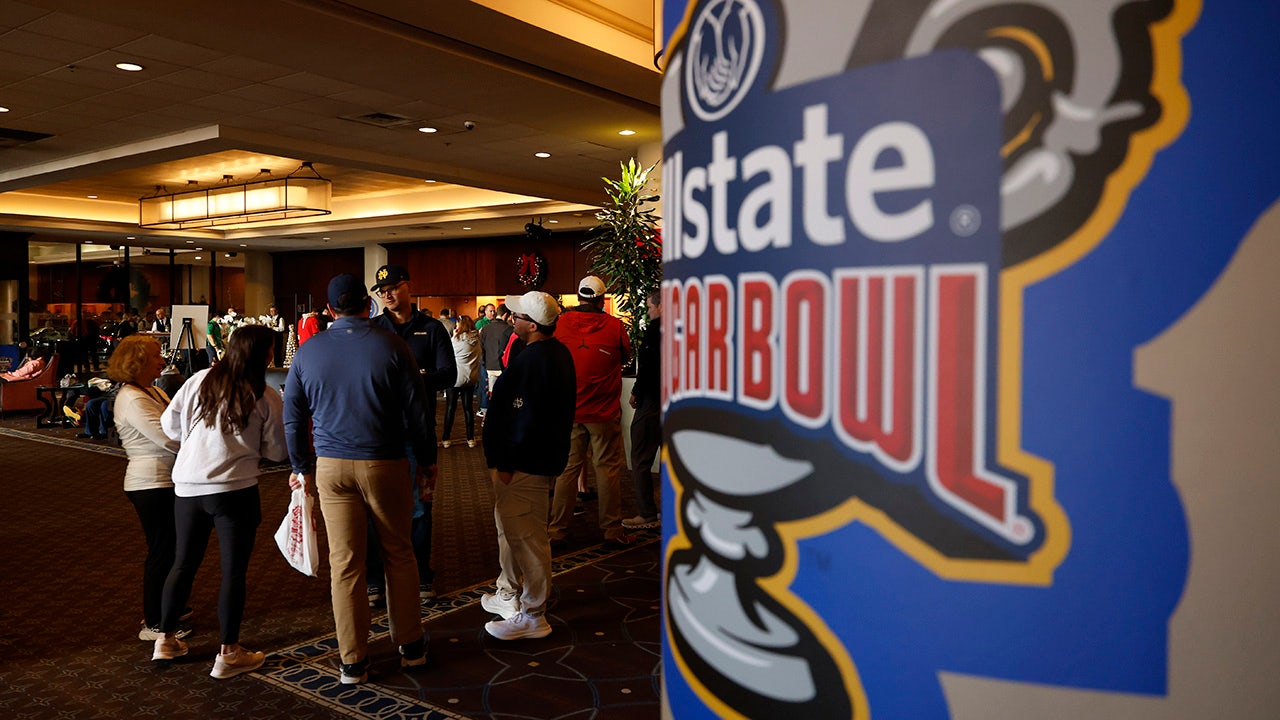
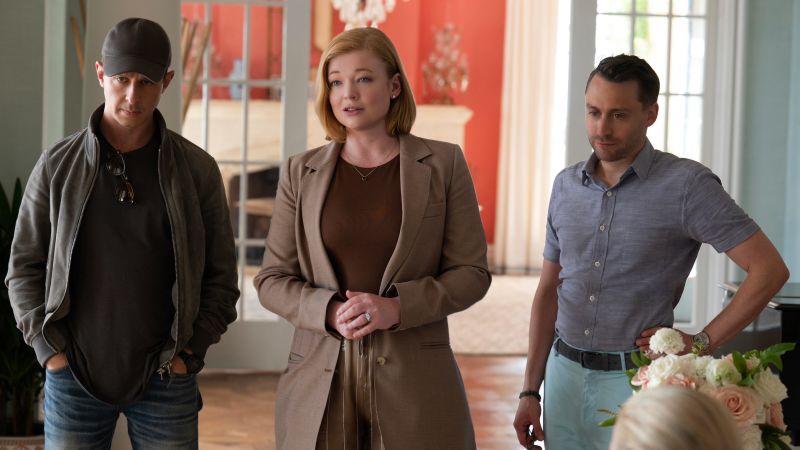

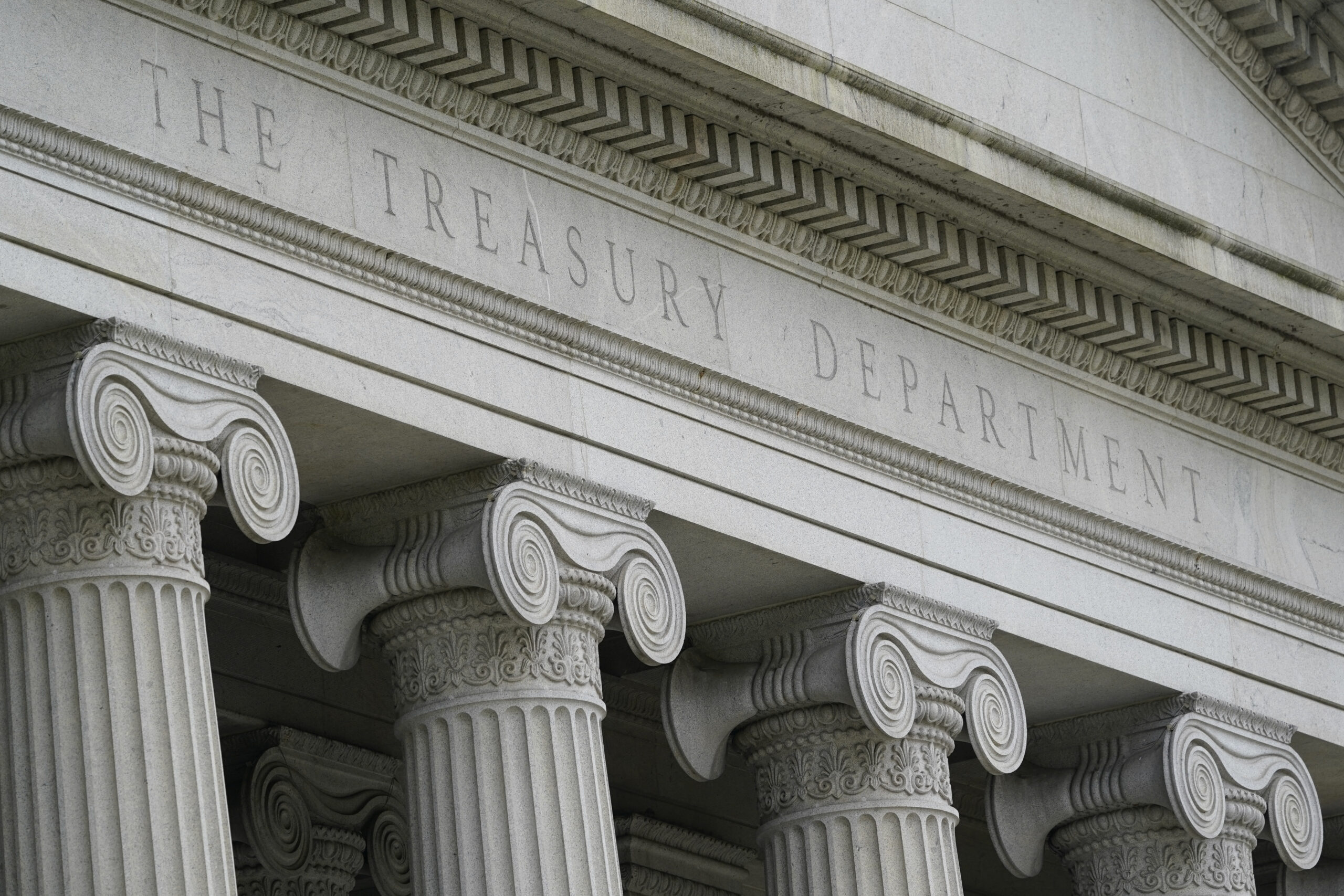


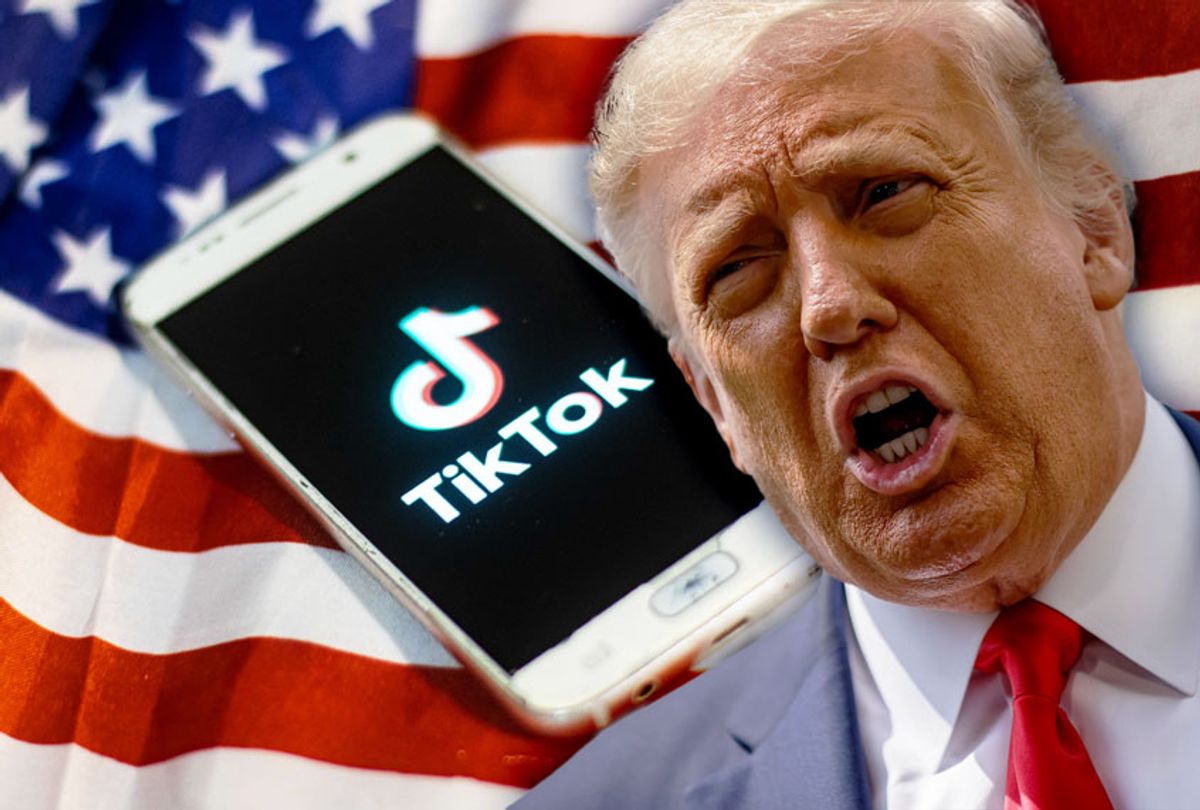




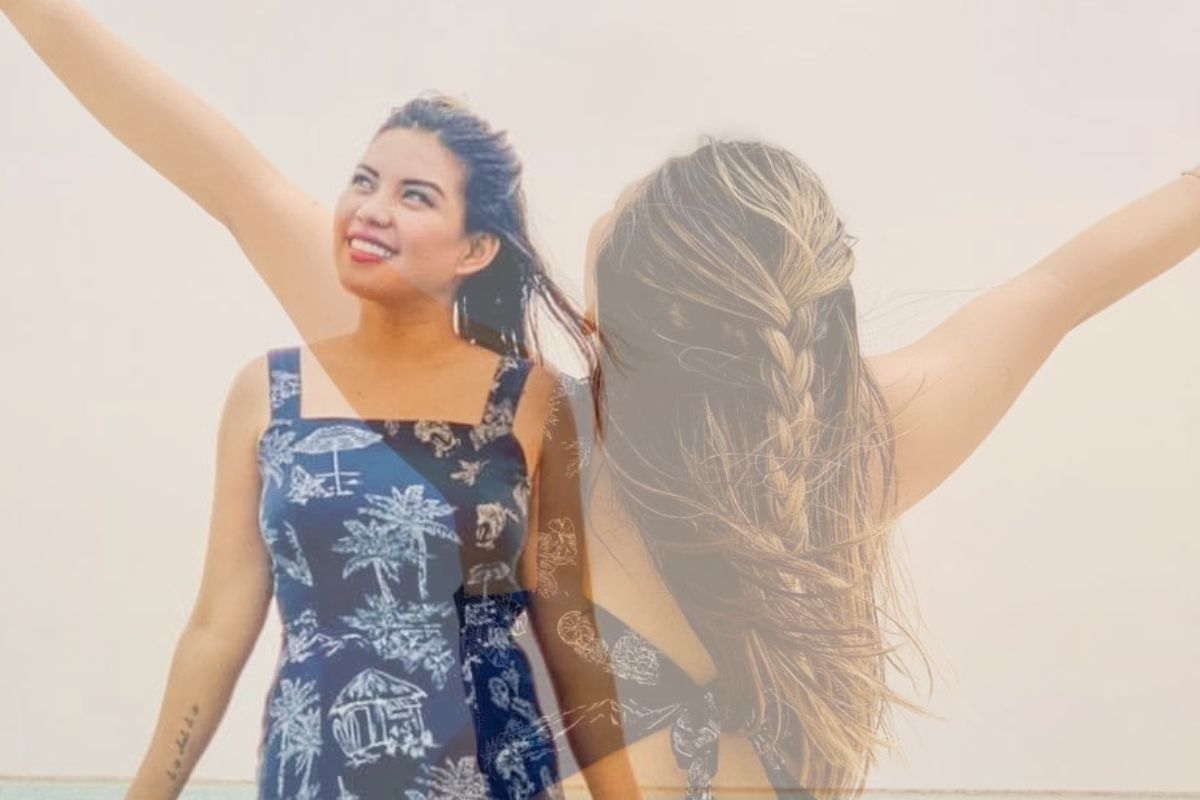

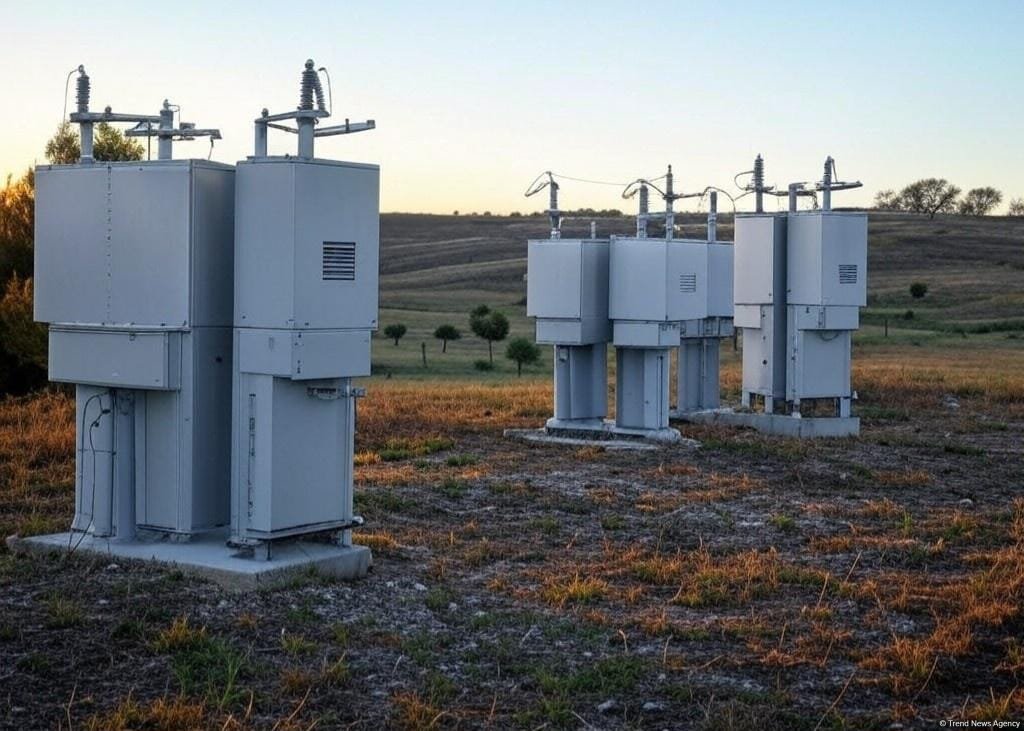




Discussion about this post